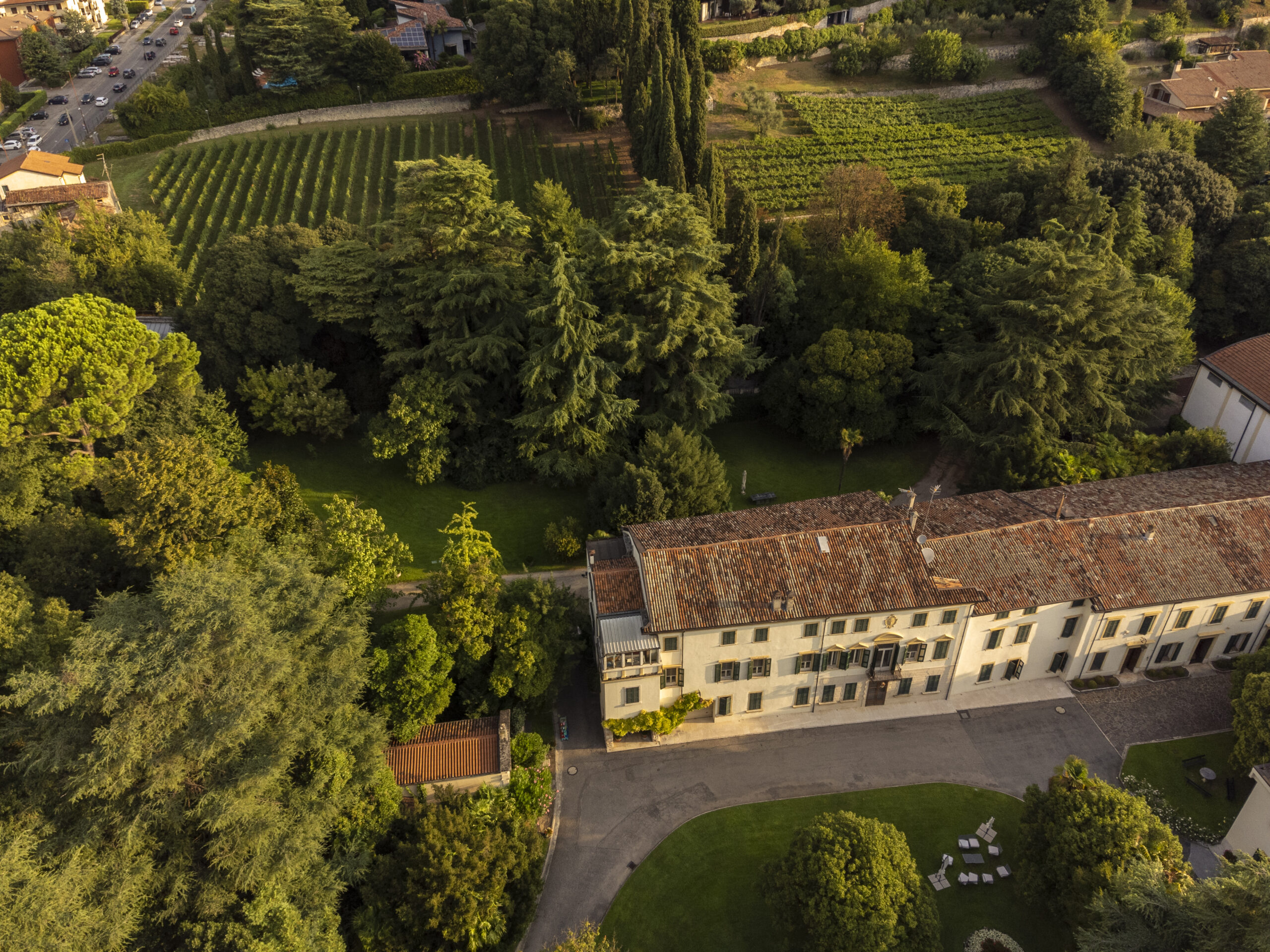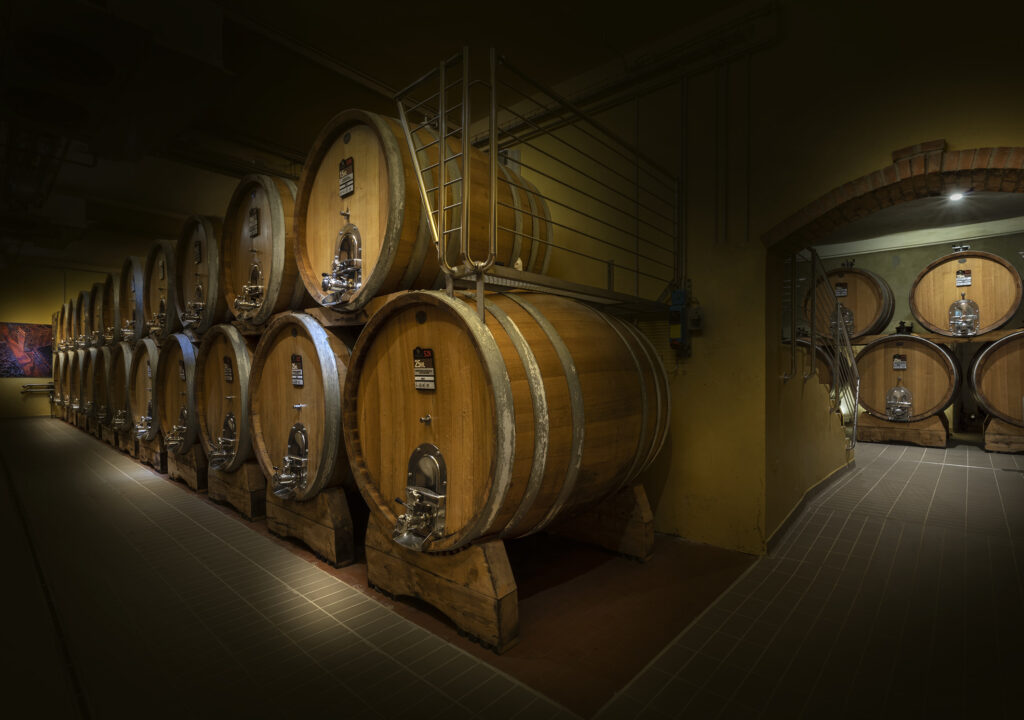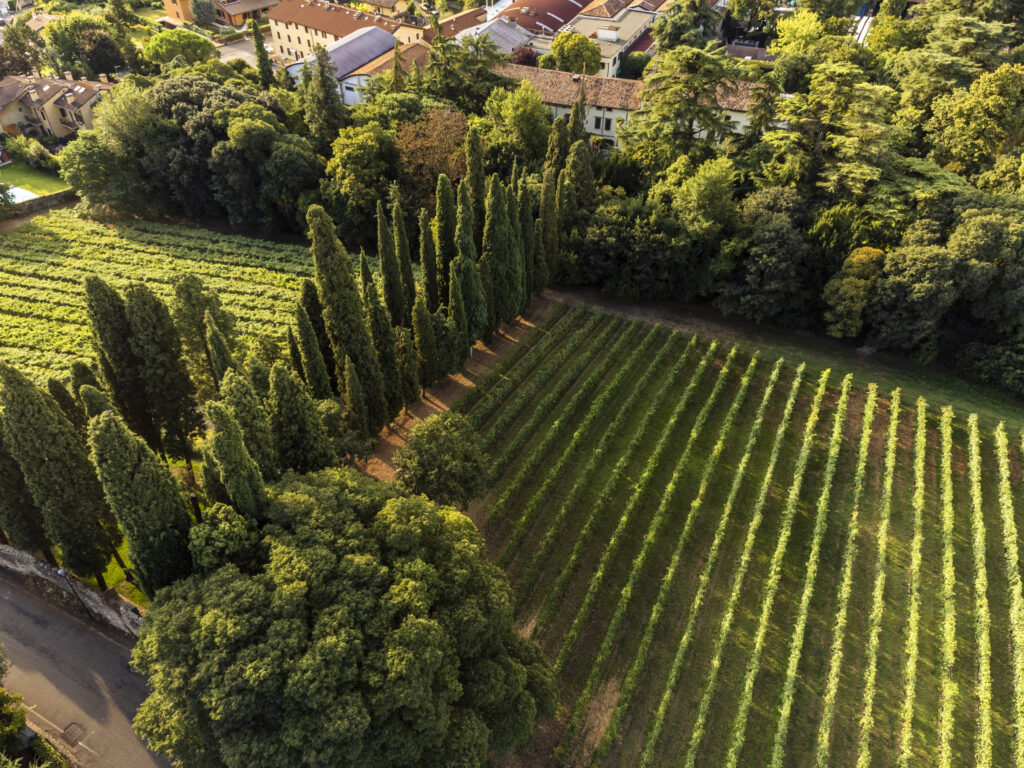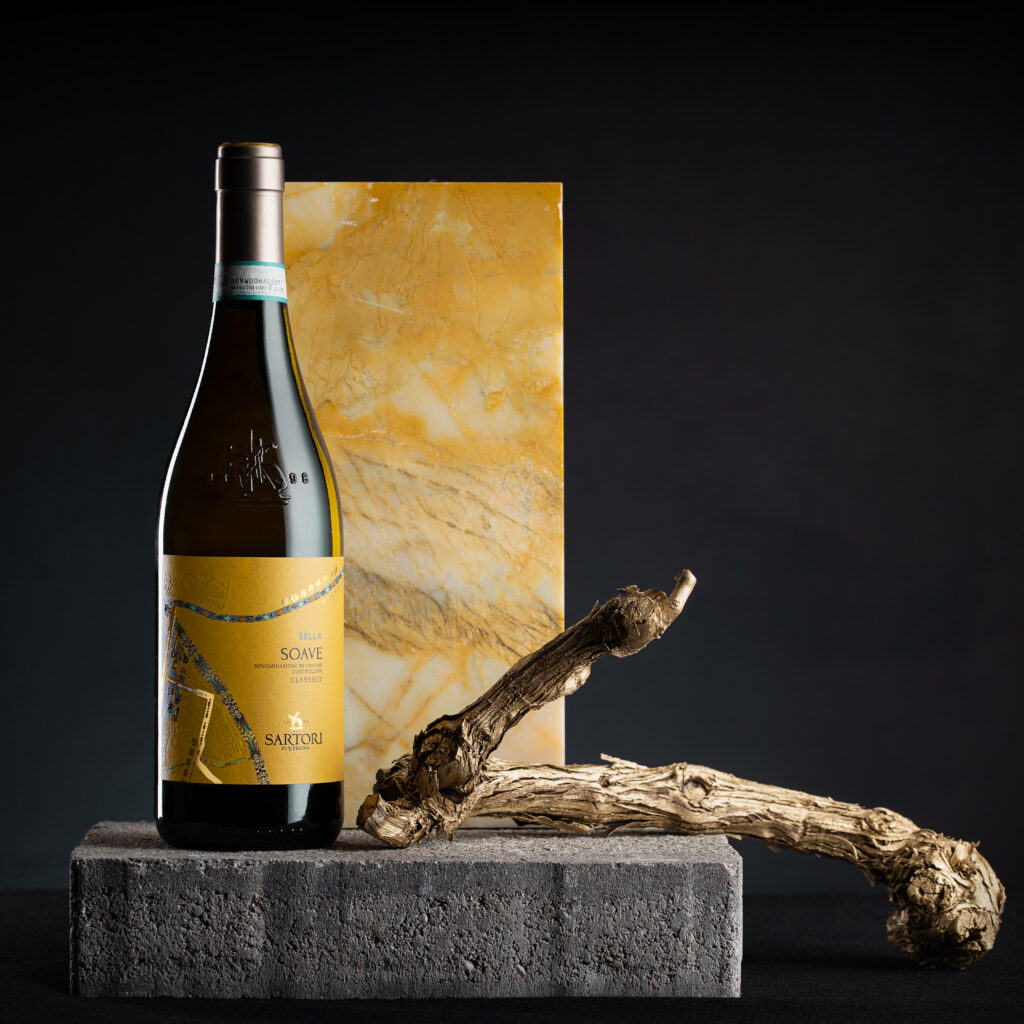
13 aug From Family Roots to Global Reach: How Andrea Sartori is Guiding a Verona Icon into the Future
A Vision Beyond The Vineyard
At Sartori di Verona, heritage isn’t just something you inherit—it’s something you refine and prepare for the future. Andrea Sartori, the winery’s fourth-generation leader, is the architect of that future: one shaped by strategic growth, sustainability, and a clear-eyed understanding of the global wine market. “We’ve worked very hard as a family,” he says. “But becoming part of Collis Heritage gives us the equipment to deal with tomorrow’s challenges. That’s the biggest credit we can take: being open-minded and forward-looking.”
From Family Culture to Corporate Strategy
When Sartori became president, his first priority was to shift the company’s mindset. “We had to think like a company, not just a family,” he explains. That meant bringing in external professionals, changing governance structures, and expanding the board beyond relatives. The goal was to create an organization capable of scaling internationally without losing its soul. Merging with Riondo and Colognola to form Collis Heritage was a bold step. It gave the group an edge in both red and sparkling wines, while retaining Sartori’s deep connection to Valpolicella. “You can grow and still stay true to your land,” Sartori insists. “That’s the balance we’re trying to strike.”

Honoring Wines and Winemaking Traditions
Sartori di Verona’s reputation is built on a portfolio that champions the classic styles of Valpolicella and Veneto. The winery is renowned for its elegant Amarone della Valpolicella, crafted using the traditional appassimento method of drying grapes for concentrated flavors, and its expressive Ripasso, which bridges the freshness of Valpolicella Classico with the richness of Amarone. In addition, Sartori produces structured Valpolicella Superiore, delicate whites like Soave Classico, and a range of sparkling wines through the Collis Heritage partnership. “Our wines have always been rooted in elegance,” Sartori says. “We don’t chase exaggerated styles. We make wines that are balanced and expressive of their terroir.” This philosophy influences everything from careful vineyard management to the use of modern winemaking techniques that complement—not overshadow—tradition.
The Risk of Commoditization
Few speak more candidly about the dangers facing wine today. For Sartori, one of the biggest threats is the erosion of identity in high-volume categories like Prosecco and Pinot Grigio. “When wine becomes a commodity, you lose everything that gives it value: story, soul, place,” he says. He lays much of the blame on market consolidation and the rise of private labels. “You don’t even know who or what you’re drinking anymore.” Sartori has resisted that race to the bottom. The company avoids aggressive price-cutting and focuses instead on strong positioning, clear communication, and integrity in winemaking. “We’re not chasing trends. We’re building something that lasts.”
Why Appelations Matter More Than Ever
“If you don’t protect the integrity of your region,” he says, “you risk losing everything that made it valuable in the first place.” Appellations, in Sartori’s view, are not just legal categories but cultural commitments. They tether wine to a specific place, with rules designed to preserve style, terroir, and trust. In Valpolicella, the local consortium has taken bold steps—even halting new vineyard plantings to manage supply. “That’s leadership,” says Sartori. “You can’t have identity without discipline.” He also stresses the importance of quality control: “You’re only as strong as the weakest bottle. If one bad experience turns off a consumer, they don’t blame the label—they blame the region.”

Soave and the Power of Underrated Wines
Asked which wine he’d reintroduce to the world, Sartori doesn’t hesitate: Soave. “It’s incredibly versatile, undervalued, and underappreciated,” he says. “It should be the next Pinot Grigio.” With its potential for still, sparkling, and even dessert wines, Soave has the volume, pricing, and adaptability to thrive. “And frankly,” he adds with a smile, “every Soave on the market today is probably better than most Pinot Grigios.”
Redefining Global Reach
Sartori is skeptical of the industry’s obsession with emerging markets. While Asia remains a priority, he believes the real opportunity lies in rethinking mature markets. “We sell more Amarone in Switzerland than in the United States. That doesn’t make sense,” he says. “The U.S. has 70 times the population. We need to be smarter about where and how we grow.” To that end, Sartori is investing not only in sales strategy but also in education. Programs like the Valpolicella Education Program (VEP) are designed to create global ambassadors who understand and respect the wines’ origins.
The Next Decade: Precondition and Purpose
Looking ahead, Sartori says success will depend on two things: global reach and foundational values. “Quality, sustainability, vineyard integrity—these are no longer goals,” he says. “They’re the baseline. The conversation starts there.” The real challenge is to build brands that matter and wines that endure. That means resisting short-term thinking and staying focused on authenticity, consistency, and communication.
As Sartori puts it: “You have to be open-minded enough to change, and principled enough to stay the course.”




Geen reactie's